Using a proteomics approach, Drs. Paulo and Gygi from the Harvard Medical School provide evidence that nicotine exposure changes the abundance of membrane proteins implicated in signal transduction and autophagy.


Using a proteomics approach, Drs. Paulo and Gygi from the Harvard Medical School provide evidence that nicotine exposure changes the abundance of membrane proteins implicated in signal transduction and autophagy.
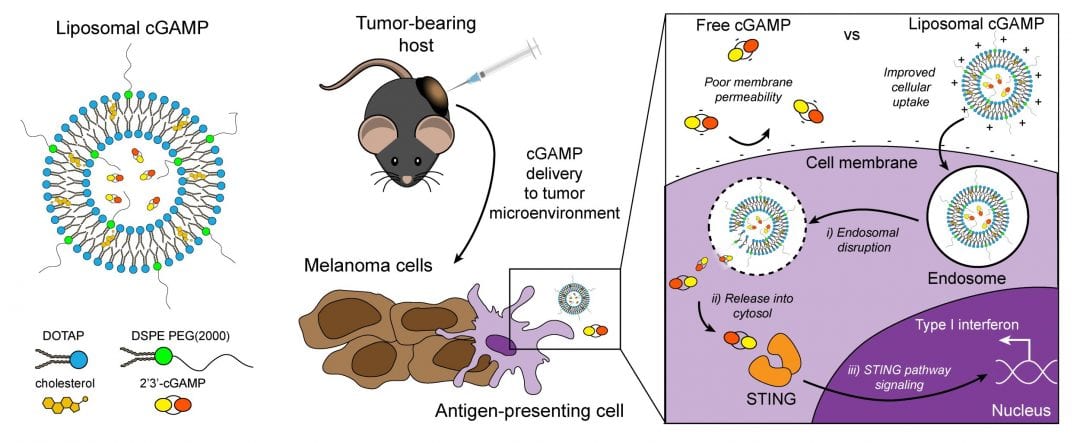
“STINGing” Liposomal Delivery for Cancer Immunotherapy
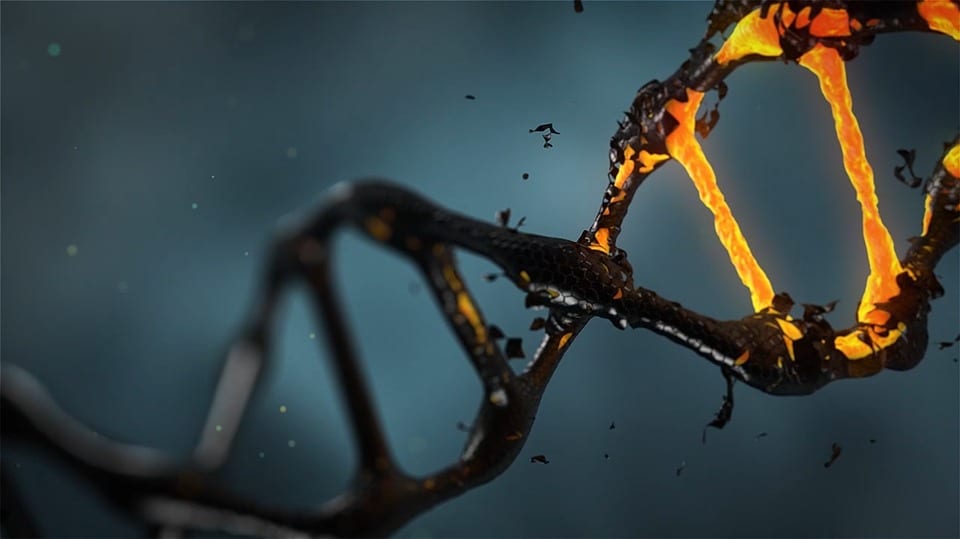
Researchers from the Qin lab have developed a microfluidic cell deformation delivery method that uses physical constriction to deform and shear cells for delivery.
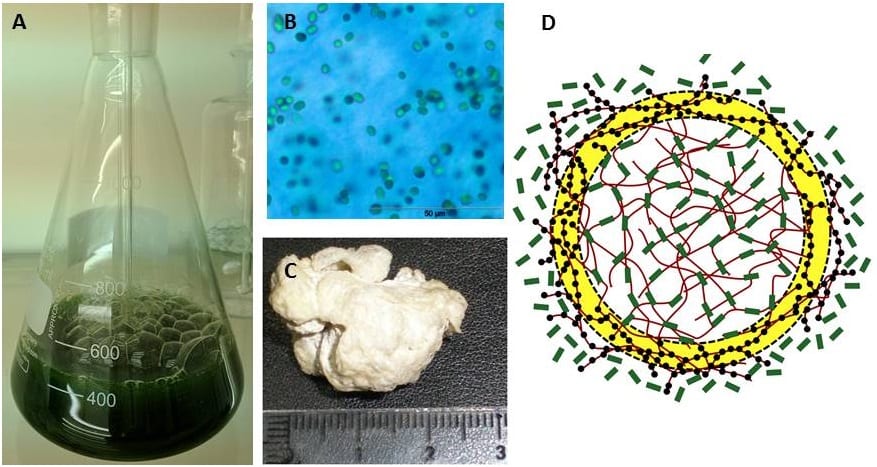
Cyanobacterial polymer as a drug delivery vehicle.
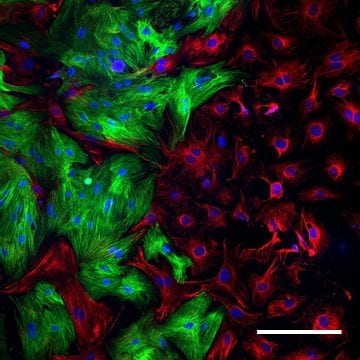
Zorlutuna and co-workers from the University of Notre Dame demonstrate muscle cells as diode components for biocomputing.
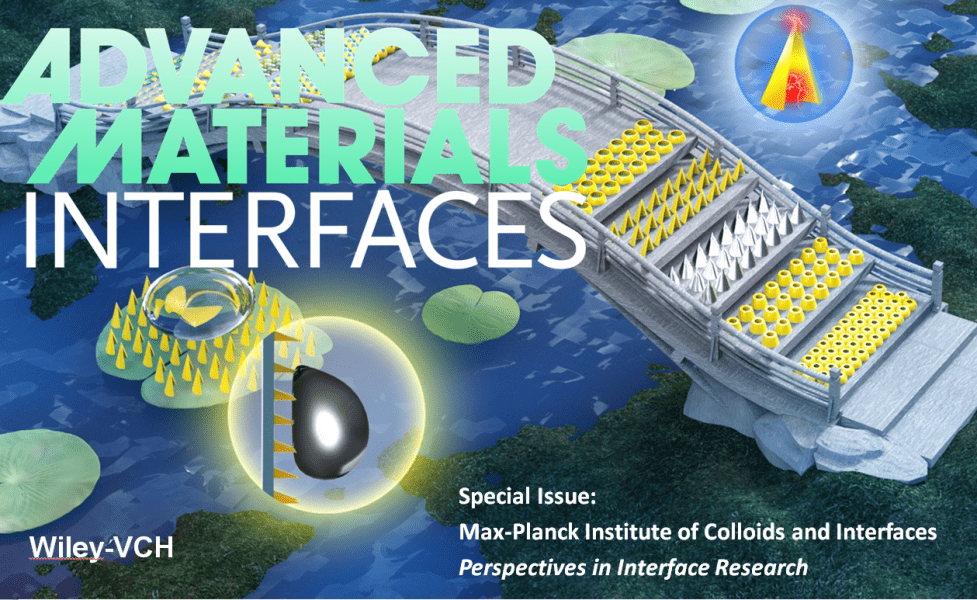
The first issue 2017 in Advanced Materials Interfaces highlights “Perspectives in Interface Research”.
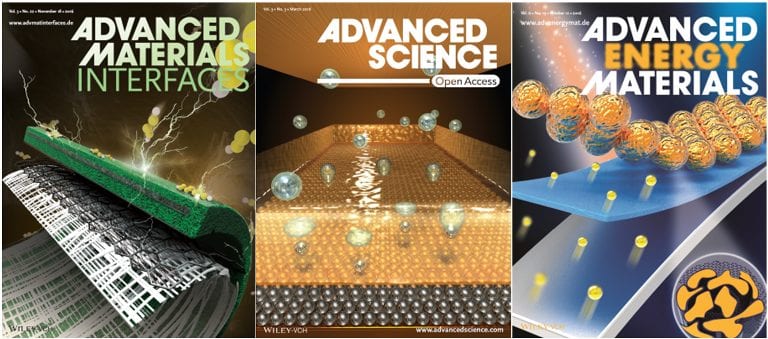
Highlights from the biannual Bunsen-Colloquium in Frankfurt, Germany.
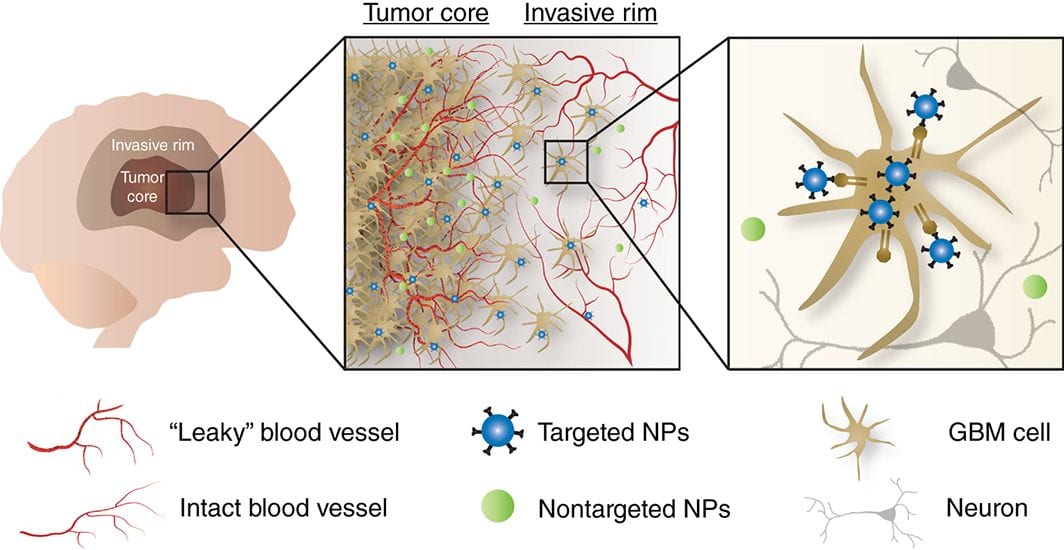
In an effort to overcome barriers to the treatment of glioblastoma (GBM), targeted nanotherapeutics have emerged as promising drug delivery systems with the potential to improve pharmacokinetic profiles and therapeutic efficacy.
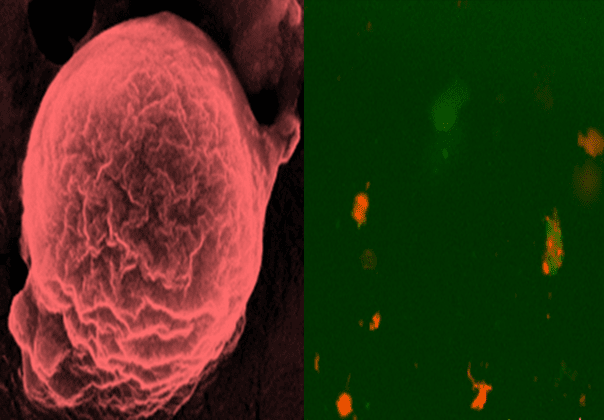
Researchers from Finland and the USA, have developed two multistage nanovaccines constructed of two biomaterials and either a biological cancer cell membrane (CCM) or a model antigen
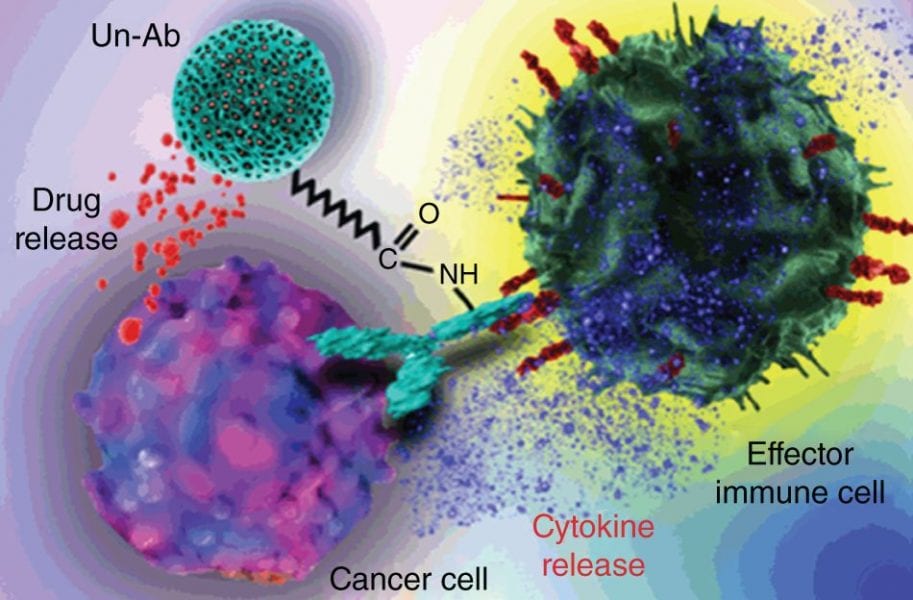
Researchers are applying nanotechnology to cancer immunotherapy toward the development of nanocarriers for delivery of cancer vaccines and chemo-immunotherapies.